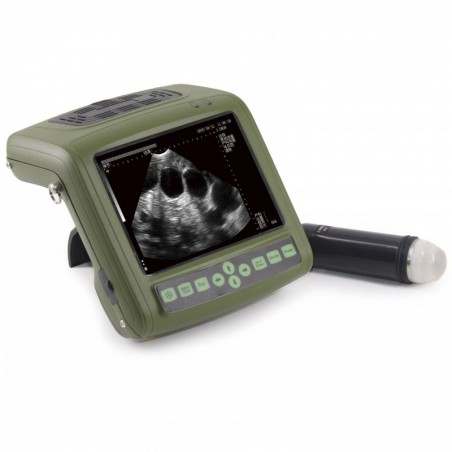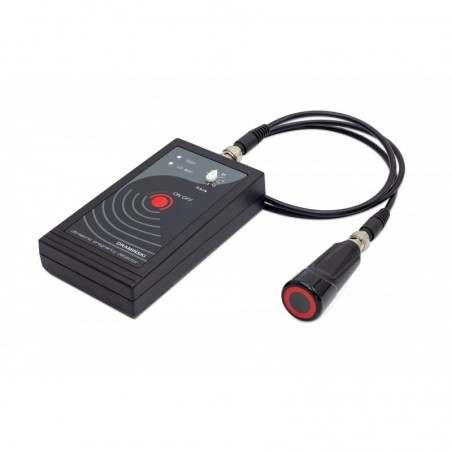The management of a pig farm includes the balanced checking of different factors such as health, handling of the animals, training of the staff and a correct analysis of the production data. Sometimes the balance is lost and we give more importance to some of these factors because we do not have clear the relationship between, for example, certain production parameters and the economic results. A clear example of all this are the Non-Productive Days (NPDs), a parameter that indicates the production efficiency and that is also easy to calculate or define for each farm. This is an example of the direct translation from production to finances.
The case that we show in this article referes to a 450 productive sow farm with piglets of up to 20 kg of live weight with production of its own replacement sows. For the analyses, the interactive productivity charts developed by PigCHAMP will be used. The farm uses electronic feeders since 2008.

In January 2013, once the previous year had been closed, we analysed these farm's data comparing them with the average of farms with a similar profile that sent us their data during the same period (130,000 out of the total of 230,000 sows). When analysing the productivity chart, which breaks the NPDs down, we see that it is quite over the average range: 28.3 NPDs/events, versus 23.6 NPDs/event in the case of the global average (graph 1).
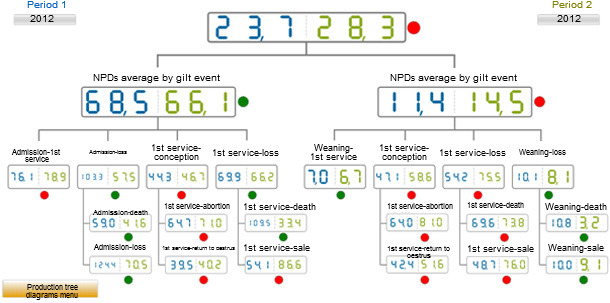
Graph 1: Comparative of the NPDs in 2012 classified according to the event.
Average of the database (blue) vs the average in the analysed farm (green).
NPDs average by event = Total NPDs of all the events that entail non-productive days/total no. of events that entail non-productive days
Examples of events that entail non-productive days are: returns-to-oestrus, empty sow, death of a sow, culling (abattoir) or service
From here, the key points that allow for a better improvement margin are reviewed. We distinguish between the productve sows' and the gilts' events.
 |
|
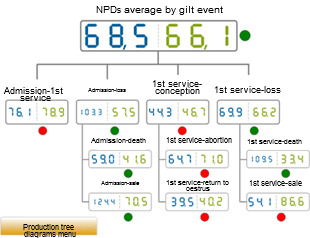 |
With respect to the NPDs per gilt event (graph 2), the main fields that may be improved and controlled are:
|
Graph 2: Comparative of year 2012 of the NPDs according to the gilt event. Average of the database (blue) vs the average in the analysed farm (green)
We go on analysing the age at first service (graph 3) to verify that the sows are inseminated at an older age than desirable, and it is at this stage when they accumulate NPDs.
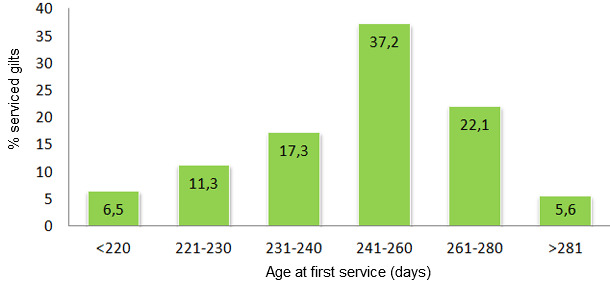

Graph 3. Age at first service in 2012
The higher number of services is concentrated between 241 and 280 days old, with 22.1% between 261 and 280 days old, this is a higher number than what would be desirable. The optimum age at first service for this genetic line would be 230 - 250 days old.
 |
|
|
Regarding the NPDs per productive sow event we find a similar situation. The fields that may be improved are:
|
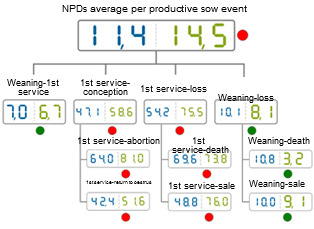 |
Graph 4. Comparative of year 2012 of the NPDs per sow event. Average of the database (blue) vs average of the analysed farm (green).
The critical control points seem to be related to a poor monitoring of the heats that are appropriate for the service in the case of the gilts (NPDs admission-first service), the detection of empty sows in gestation area (NPDs 1st service-conception due to an abortion or a return-to-oestrus) and the planning of the sows that must be culled (NPDs 1st service-sale).
Once the fields with deficiencies have been identified, we visit the farm and confirm that there is no other control or recording system but the worker's notebook and the typical services' book. The sows do not have identification cards in the gestation batches, there are no routine checkings in the gestation pens, and there is no system for the control of the heats of the gilts.
It is agreed to implement a series of control and record measures of these events, a series of forms adapted to the farm are designed, and the workers are trained to carry out the new routines and they are made aware of their importance and of the improvements that they may entail.





